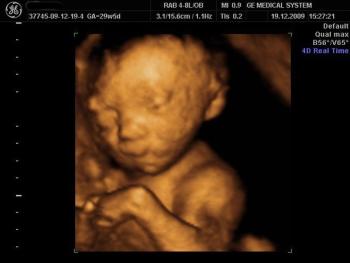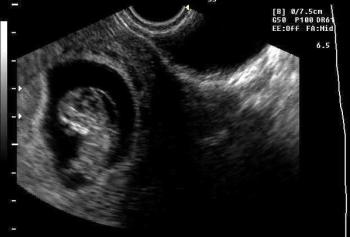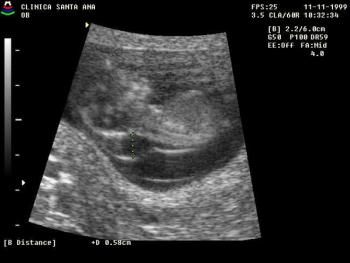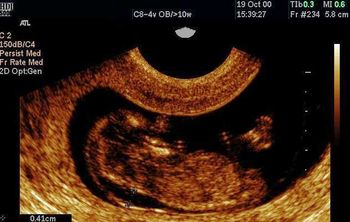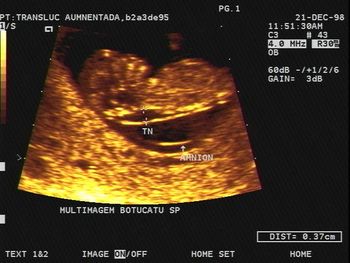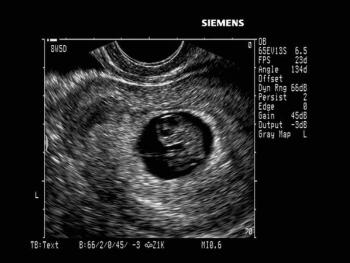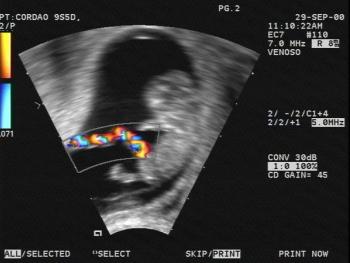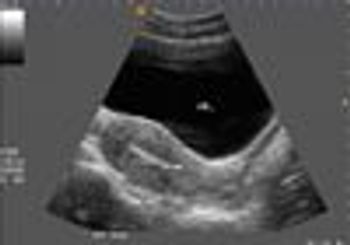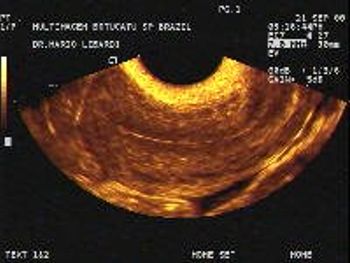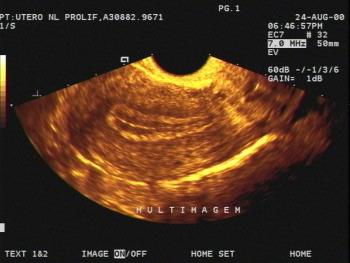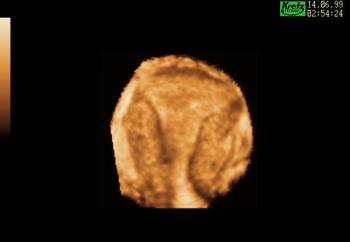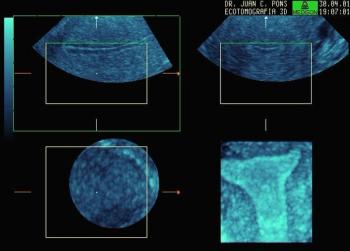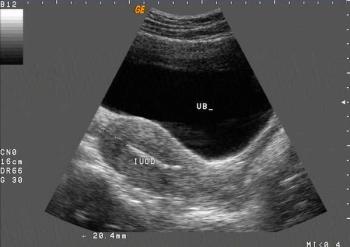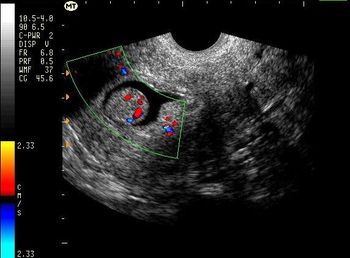
Hysteroscopy is a gynecologic procedure that involves placing a small tube with a camera on one end and a light on the other into the uterus to tell if there are problems within the uterine cavity. This procedure has developed over the years to become one of the more common and useful gynecologic tools. The tube, called a hysteroscope (say “hyst-er-oh-scope”), is about as big around as one’s little finger, and is slipped into the uterus after slowly dilating the cervix. Once inside the uterus a gynecologist can diagnose a number of problems and can often treat them during the same procedure.
